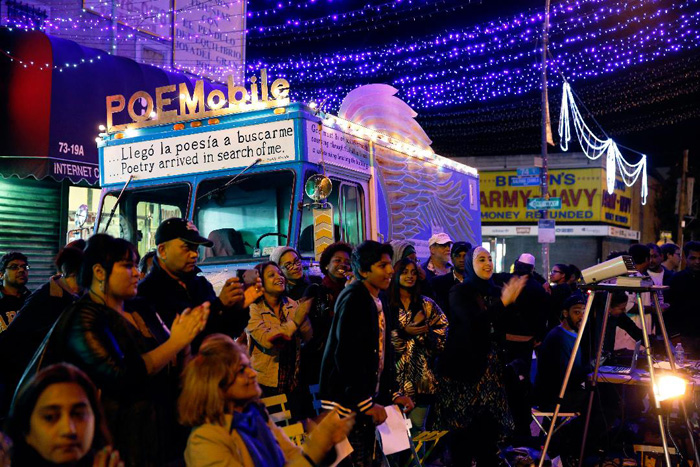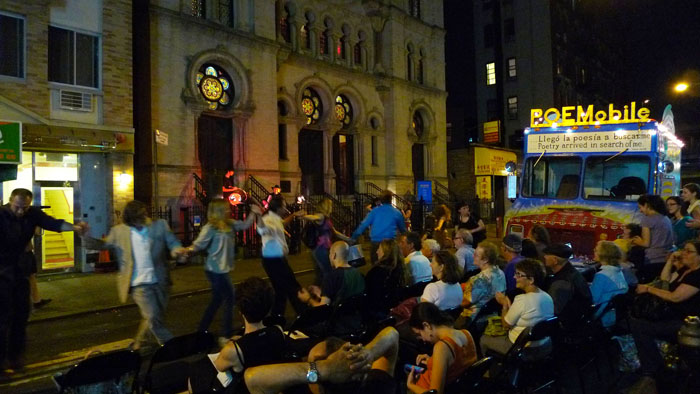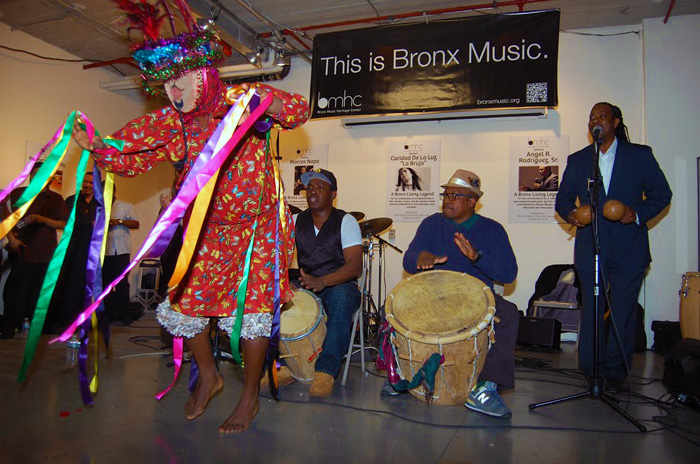In the span of half a century, the National Endowment for the Arts has supported some of the most fundamental arts and cultural movements and individuals in this country’s history, from funding Pulitzer Prize-winner Alice Walker’s first novel to providing seed money to a young Robert Redford towards what is now the Sundance Institute. The organization ensures the presence of art in some of the country’s most underserved areas.
Created in 1965, the National Endowment for the Arts was established as a means of embracing arts and culture in the United States. According to the organization, the arts contribute over $700 billion dollars annually to the domestic economy, and nearly five million Americans are employed in arts and culture industries. In addition, consumer spending in the performing arts quadrupled from 1998-2013. It seems reasonable to invest in a thriving industry that recirculates wealth on a national level, yet President Trump has proposed to close the NEA, which would save only .004% of the federal budget, or 46 cents per American.
Videos by VICE
Most vulnerable to a NEA shutdown is the vast network of small grassroots community arts programs extending throughout the country to both urban and rural areas where poverty is oftentimes a barrier to the arts. With no government agency ensuring its existence, the country’s overall exposure to art would diminish, as would its wealth of cultural and artistic legacies.

POEMobile Eid celebration and poetry reading in Jackson Heights. Photo courtesy, City Lore.

POEMobile at the Eldridge Street Synagogue for a reading of Yiddish poetry
“Most people think of NEA in terms of contemporary art forms, but NEA has a major role to play in fostering America’s living cultural heritage,” Steve Zeitlin, Founder and Executive Director of City Lore tells Creators.
City Lore, a small arts and culture non-profit in New York City, was founded in 1986 when Zeitlin, a former folklorist at the Smithsonian, moved North to pioneer the field of Urban Folklore. (Full disclosure: This writer formally worked at City Lore) City Lore works behind the scenes to foster NYC’s cultural heritage through arts in education, cultural advocacy for artists, like Jim Power, “The Mosaic Man,” and diverse projects such as their POEMobile. While not all of their projects are funded by the NEA, many are, and without that support City Lore’s work would be imperiled.
A majority of NEA funding is granted to small and middle-sized organizations, like City Lore, 40% of which are in high poverty areas, suggesting that many of the communities it supports might otherwise be left without access to art. The Bronx Music Heritage Center provides free arts programming to the community and recently received funding from an ArtPlace grant, a NEA partnership initiative that harnesses the cultural and artistic assets of communities in order to facilitate growth and development.
City Lore folklorist and co-artistic director of the BMHC, Elena Martinez, says, “Just because a community is economically marginalized doesn’t mean it doesn’t deserve the highest quality of arts. And that is all possible by funding like the NEA.”

Parranda con Paranda: Puerto Rican and Garifuna Holiday Celebration, photo courtesy BMHC

Parranda con Paranda: Puerto Rican and Garifuna Holiday Celebration, photo courtesy BMHC
Closing the National Endowment for the Arts would risk deepening socioeconomic divides and cultural disenfranchisement while also endangering the livelihoods of millions of Americans. As John F. Kennedy said in his famed eulogy for Robert Frost, “The nation which disdains the mission of art invites the fate of Robert Frost’s hired man, the fate of having ‘nothing to look backward to with pride, and nothing to look forward to with hope.’”
Click here for more information about NEA’s national impact or take action by becoming a member of your favorite local arts organization.
Related:
Inside Free Arts NYC’s Mission to Fight Poverty with Art
22 Houses Preserve Black History and Culture in Houston
How Augmented Reality Is Fighting Cultural Erasure in East Harlem




